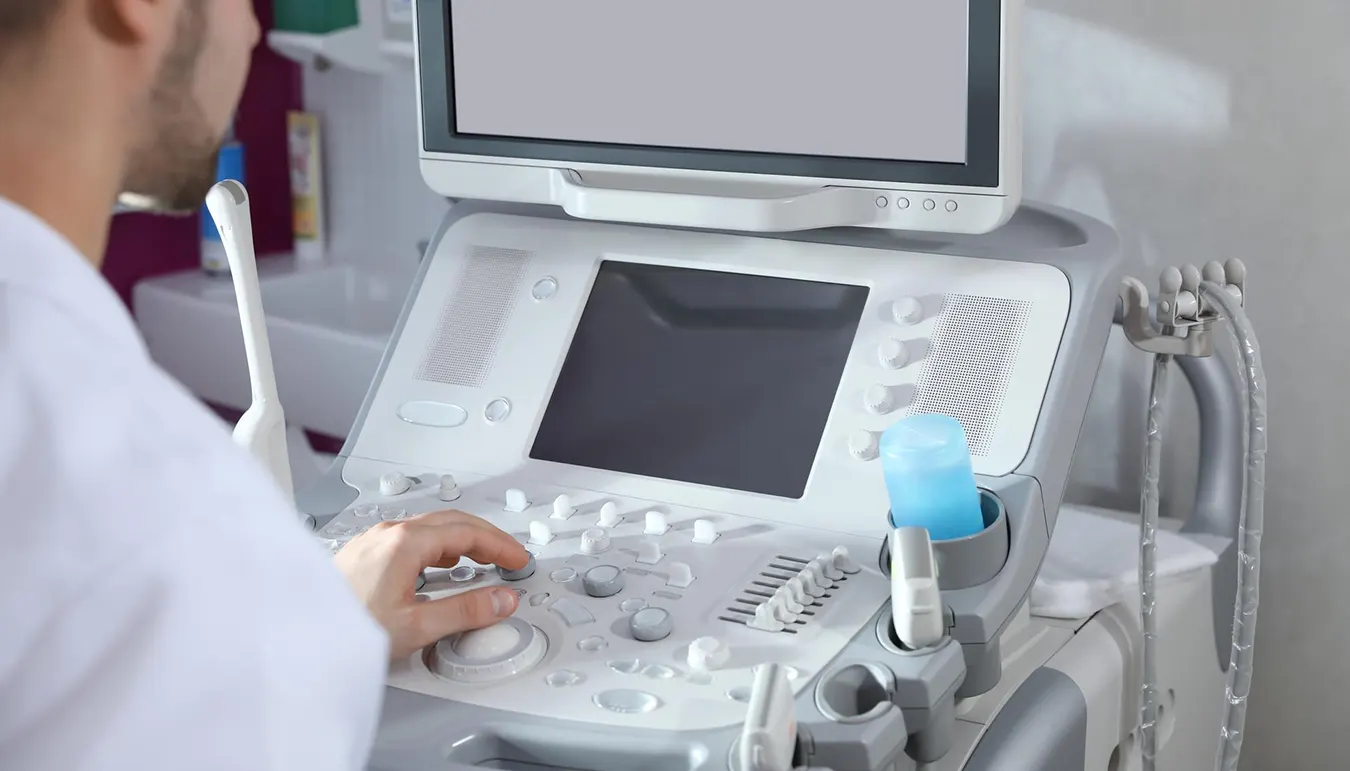In the ever-evolving field of urology, medical professionals continuously seek innovative ways to improve diagnostic accuracy and patient outcomes. One such breakthrough is Micro Ultrason Fusion Biopsy, a cutting-edge technique that has been making waves in the medical world. In this comprehensive article, we will delve into the depths of Micro Ultrason Fusion Biopsy, exploring its applications, differences, performance, and its relevance to different patient groups.
What is Micro Ultrason Fusion Biopsy?
Micro Ultrason Fusion Biopsy, often referred to simply as Micro Ultrason, is a revolutionary medical procedure designed to enhance the precision and accuracy of prostate biopsies. It combines two powerful imaging modalities: real-time ultrasound and magnetic resonance imaging (MRI). By merging these two technologies, Micro Ultrason allows urologists to create highly detailed, real-time images of the prostate, making it an invaluable tool in the diagnosis and treatment of prostate cancer.
In Which Areas is Micro Ultrason Used in Urology?
Micro Ultrason has rapidly expanded its footprint in urology, primarily due to its exceptional imaging capabilities. Here are some key areas where Micro Ultrason is employed:
1. Prostate Cancer Diagnosis
Micro Ultrason plays a pivotal role in detecting and staging prostate cancer. It allows urologists to visualize the prostate gland with unparalleled clarity, aiding in the identification of suspicious lesions or tumors.
2. Treatment Planning
When prostate cancer is diagnosed, treatment planning is crucial. Micro Ultrason helps urologists precisely map the location and extent of cancerous tissue, allowing for targeted and effective treatment strategies.
3. Monitoring Disease Progression
For patients undergoing active surveillance, Micro Ultrason is used to regularly monitor the progression of prostate cancer, helping healthcare providers make informed decisions regarding treatment adjustments.
4. Guided Biopsies
Micro Ultrason is instrumental in guiding biopsy procedures, ensuring that tissue samples are collected from the most suspicious areas, reducing the likelihood of false negatives.
What Are the Differences in Micro Ultrason Fusion Biopsy?
Micro Ultrason Fusion Biopsy sets itself apart from traditional biopsy techniques in several significant ways:
1. Enhanced Precision
The fusion of real-time ultrasound and MRI provides unparalleled precision in identifying suspicious areas within the prostate. This precision reduces the chances of missing cancerous lesions.
2. Targeted Biopsies
Micro Ultrason allows for highly targeted biopsies, minimizing the number of tissue samples needed while maximizing diagnostic accuracy. This reduces patient discomfort and the risk of complications.
3. Real-time Imaging
Unlike standard biopsies that rely solely on ultrasound or MRI, Micro Ultrason offers real-time imaging during the procedure, ensuring that the urologist can adjust their approach as needed, improving the biopsy's effectiveness.
How is Micro Ultrason Fusion Biopsy Performed?
Understanding the process behind Micro Ultrason Fusion Biopsy is essential to grasp its significance fully. Here's an overview of how this cutting-edge procedure is carried out:
- MRI Imaging: The process begins with a high-resolution MRI of the patient's prostate. This MRI provides detailed information about the prostate's structure and any suspicious lesions.
- Ultrasound Imaging: A real-time ultrasound is performed simultaneously with the MRI. The ultrasound images are continually fused with the MRI images, allowing for precise localization.
- Navigation and Biopsy: Using the fused images as a guide, the urologist navigates a specialized biopsy needle to the target area within the prostate. Tissue samples are then collected for analysis.
- Analysis and Diagnosis: The collected tissue samples are sent to a pathology lab for analysis. The results help determine whether cancer is present, its stage, and the appropriate course of action.
Who is Micro Ultrason Applied to?
Micro Ultrason is a versatile tool that benefits a wide range of patients, particularly those with prostate health concerns. It is applied to:
1. High-Risk Patients
Patients with a family history of prostate cancer or those with elevated prostate-specific antigen (PSA) levels benefit from Micro Ultrason's ability to provide accurate and early diagnosis.
2. Active Surveillance Candidates
Patients who choose active surveillance for low-risk prostate cancer rely on Micro Ultrason for ongoing monitoring, ensuring timely intervention if necessary.
3. Complex Cases
In cases where the prostate anatomy is challenging or previous biopsies yielded inconclusive results, Micro Ultrason helps urologists navigate complex scenarios with confidence.
In Which Areas is Micro Ultrason Fusion Biopsy Used?
Micro Ultrason Fusion Biopsy is increasingly utilized in various clinical settings, including:
1. Hospitals and Medical Centers
Leading healthcare institutions incorporate Micro Ultrason into their urological departments, providing patients with access to cutting-edge diagnostic and treatment options.
2. Private Urology Practices
Private urology practices leverage Micro Ultrason to offer state-of-the-art care to their patients, enhancing their diagnostic and treatment capabilities.
3. Research and Development
The ongoing advancement of Micro Ultrason technology is fueled by research and development efforts aimed at improving its accuracy and expanding its applications.
In conclusion, Micro Ultrason Fusion Biopsy represents a significant leap forward in the field of urology. Its ability to merge real-time ultrasound and MRI imaging provides unprecedented accuracy in prostate cancer diagnosis and treatment planning. With its wide-ranging applications and potential to benefit a diverse group of patients, Micro Ultrason is undoubtedly a game-changer in the world of urological care. As technology continues to evolve, it is exciting to anticipate the further refinements and expanded applications of this groundbreaking procedure.

 Türkçe
Türkçe
 English
English


